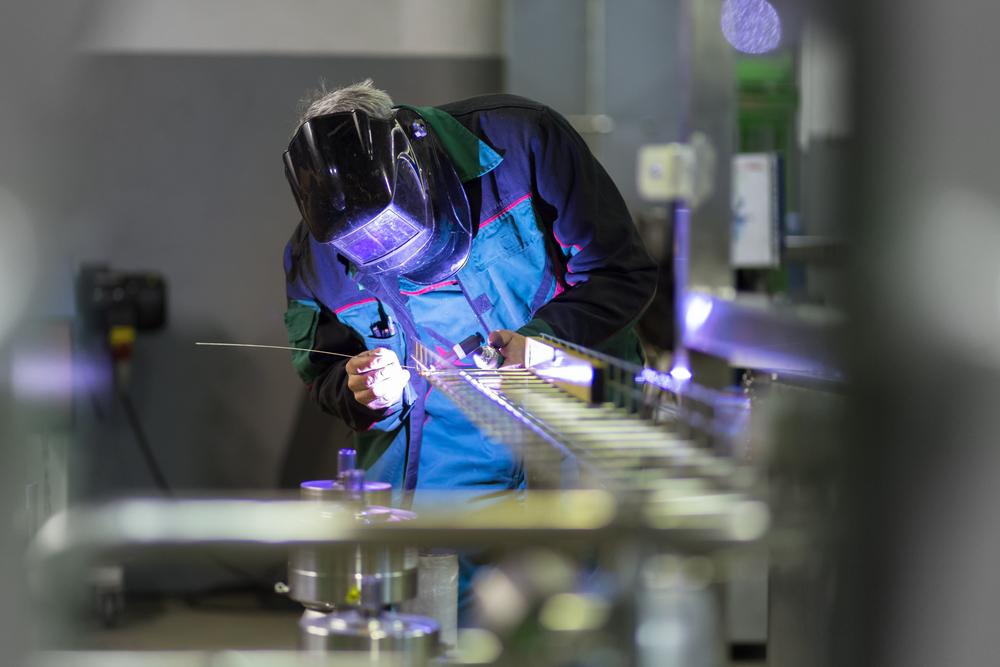The Chartered Institute of Purchasing & Supply and the Markit Economics published their indices on the economic situation in Manufacturing and Services for July this morning. The data shows the first indicators of economic activity in the UK since last month’s Brexit vote and the fallout is worse than expected.
Experts predicted that the Markit Manufacturing PMI for July would fall by 2.1 points to 50. However, the actual figure came in 3 whole points lower than last month’s figure, standing at 49.1. Rather than indicating a slowdown in growth in manufacturing, the figure shows a contraction of economic activity in the industry.
The Markit Services PMI compounded the weakness, falling from 52.3 to 47.4, 1.8 points lower than expected. This represents levels of contraction in the industry that haven’t been since 2009.
Bloomberg News noted that the biggest drops in activity came from cuts in construction, while other sectors suffered to a lesser degree.
The data is likely to indicate that the UK will slip into further recession in the coming months.
Market responses
Stock markets had fallen just prior to the publishing of the data and jumped up at the release of the unexpectedly negative figures. The FTS100 stood at its morning’s lowest of 6,663.72 minutes before the statistics were published at 9.30am. It jumped 0.79 percentage points to 6,716.62 by 9.45am, as traders started to price in expectations of BoE stimulus.
As you would expect, the data had bearish effects on the sterling. GBP/USD is down 0.95% and GBP/EUR is 0.82% weaker.
Euro-Zone Services and Manufacturing Data
The rise of the Euro against the Pound was also supported by the Euro-Zone services and manufacturing data for July, which was published half an hour prior to the UK data release. The Markit Services PMI performed better than expected. It dropping only 0.1 percentage point to last month’s pre-Brexit figure, to stand at 52.7, 0.2 percentage points higher than expected.
The Markit Manufacturing PMI dropped by 0.9 percentage points to 51.9. Although 0.1 percentage point lower than predicted the figure still represents an expansion in the industry.

